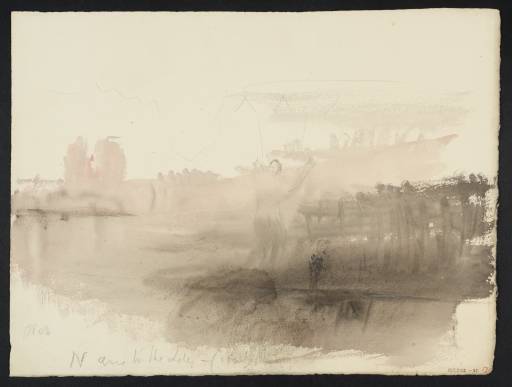1826
A.J. Finberg, A Complete Inventory of the Drawings of the Turner Bequest, London 1909, vol.II, p.893, CCLXXX 37, as ‘The vision’, c.1826–36.
1845
Andrew Wilton in Martin Butlin, Wilton and John Gage, Turner 1775–1851, exhibition catalogue, Royal Academy, London 1974, p.172 under no.638, as inscribed ‘give [?] to the Lady (study)’, ?c.1845.
1986
Andrew Wilton, ‘A Rediscovered Turner Sketchbook’, Turner Studies, 1986, vol.6 no.2, p.10, as inscribed ‘Look to the Lady (study)’.
1993
Jan Piggott, Turner’s Vignettes, exhibition catalogue, Tate Gallery, London 1993, p.95, as ‘Inscribed “N and the Lady”’.

